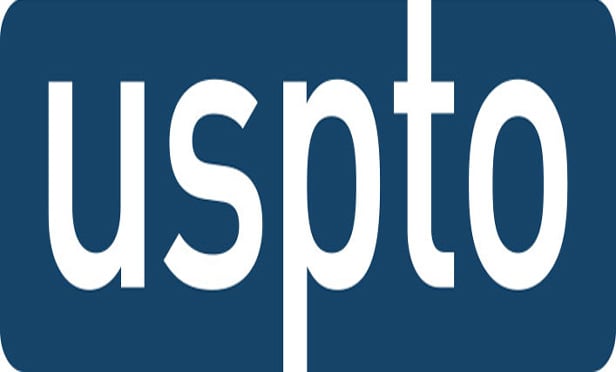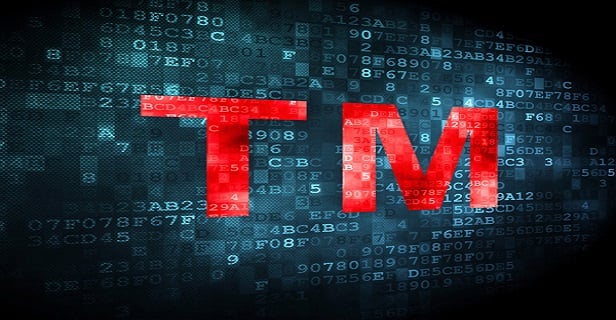Columns & Departments

Bit Parts
COVID-19 Insurance Coverage Affirmed for Cancellation of Tina Turner Musical MTV Floribama Shore Overcomes Trademark Infringement Claim New York Appellate Division Reinstates Lawsuit Alleging Misappropriation of Reality TV Concept Ninth Circuit Affirms Film Clip In Talent Acting Reel Was Fair Use
Features

Recent Trademark In Titles Cases Show 'High Bar' for Proving Public Was 'Explicitly Misled'
When it comes to expressive content, disputes over trademark rights in titles of creative works are commonly fought under the federal Lanham Act. Many of these battles play out in courts in the U.S. Circuit Court of Appeals for the Ninth Circuit, which has well-developed legal guidelines on the subject
Features

Can Consumer Products Be 'Expressive Works'?
In a case that may have significant implications for the ability of mark holders to enforce their marks against many types of products, the U.S. Court of Appeals for the Second Circuit is now considering whether consumer products such as sneakers can be considered "expressive works" to which First Amendment protections can apply.
Features

New Decisions In Disputes Over Titles Reinforce 'High Bar' In Proving Public Was 'Explicitly Misled'
When it comes to expressive content, disputes over trademark rights in titles of creative works are commonly fought under the federal Lanham Act. Many of these battles play out in courts in the U.S. Circuit Court of Appeals for the Ninth Circuit, which has well-developed legal guidelines on the subject — many of them from lawsuits that have arisen in the entertainment industry.
Features

WTF? The Board Weighs In on Failure to Function Refusals
Many trademark practitioners have noted the USPTO's recent penchant for issuing refusals to register trademarks on the ground of failure to function as a trademark. The Trademark Trial and Appeal Board picked a colorful case to set precedent and provide some initial guidance on how it will evaluate failure-to-function refusals going forward.
Columns & Departments

IP News
Federal Circuit: Trade Dress Imitation In the Ninth Circuit
Features

Federal Judge Takes Aim at Legal Process for Targeting Counterfeit Merchandisers
The rebound in concert tours and ticket revenues as 2022 has unfolded gives the live events industry hope for a strong 2023, too. For many tours, though, it's income from merchandise that makes the tour profitable. Thus, the rise in the number of artists touring also means a parallel resurgence in the activities of counterfeit-merchandise sellers and renewed efforts by the industry to battle its long-time problem with the sale of counterfeit merchandise near event venues.
Features

IP Rights In the Metaverse
The metaverse, an immersive virtual experience building on the Internet and the physical world, has become a prominent force in branding and marketing for companies struggling to keep up in an ever so globalized economy. Parallel to this digital expansion has been a surge of intellectual property issues.
Features

Protecting a Trademark Licensor's Rights In a Bankruptcy Case
A recent bankruptcy case from the District of Delaware underscores the need for a trademark licensor to be alert to filings made in its licensee's bankruptcy case that may require prompt action by the licensor to protect its valuable rights under a license agreement.
Features

Digital Advertising: Customer Confusion and Trademark Infringement
In the absence of a federal statutory scheme specifically aimed at digital advertising practices, the courts have focused on consumer-facing issues covered by existing law, such as privacy, transparency, and deceptive or misleading advertising practices. But digital advertising technology can also present new challenges in copyright and trademark protection.
Need Help?
- Prefer an IP authenticated environment? Request a transition or call 800-756-8993.
- Need other assistance? email Customer Service or call 1-877-256-2472.
MOST POPULAR STORIES
- The 'Sophisticated Insured' DefenseA majority of courts consider the <i>contra proferentem</i> doctrine to be a pillar of insurance law. The doctrine requires ambiguous terms in an insurance policy to be construed against the insurer and in favor of coverage for the insured. A prominent rationale behind the doctrine is that insurance policies are usually standard-form contracts drafted entirely by insurers.Read More ›
- A Lawyer's System for Active ReadingActive reading comprises many daily tasks lawyers engage in, including highlighting, annotating, note taking, comparing and searching texts. It demands more than flipping or turning pages.Read More ›
- The Brave New World of Cybersecurity Due Diligence in Mergers and Acquisitions: Pitfalls and OpportunitiesLike poorly-behaved school children, new technologies and intellectual property (IP) are increasingly disrupting the M&A establishment. Cybersecurity has become the latest disruptive newcomer to the M&A party.Read More ›
- Abandoned and Unused Cables: A Hidden Liability Under the 2002 National Electric CodeIn an effort to minimize the release of toxic gasses from cables in the event of fire, the 2002 version of the National Electric Code ("NEC"), promulgated by the National Fire Protection Association, sets forth new guidelines requiring that abandoned cables must be removed from buildings unless they are located in metal raceways or tagged "For Future Use." While the NEC is not, in itself, binding law, most jurisdictions in the United States adopt the NEC by reference in their state or local building and fire codes. Thus, noncompliance with the recent NEC guidelines will likely mean that a building is in violation of a building or fire code. If so, the building owner may also be in breach of agreements with tenants and lenders and may be jeopardizing its fire insurance coverage. Even in jurisdictions where the 2002 NEC has not been adopted, it may be argued that the guidelines represent the standard of reasonable care and could result in tort liability for the landlord if toxic gasses from abandoned cables are emitted in a fire. With these potential liabilities in mind, this article discusses: 1) how to address the abandoned wires and cables currently located within the risers, ceilings and other areas of properties, and 2) additional considerations in the placement and removal of telecommunications cables going forward.Read More ›
- Guidance on Distributions As 'Disbursements' and U.S. Trustee FeesIn a recent case from the Bankruptcy Court for the District of Delaware, In re Paragon Offshore PLC, the bankruptcy court provided guidance on whether a post-plan effective date litigation trust's distributions constituted disbursements subject to the U.S. Trustee fee "tax."Read More ›
